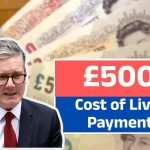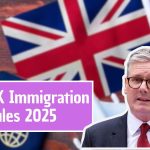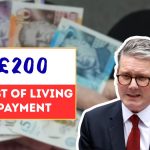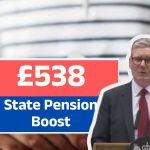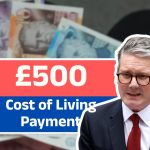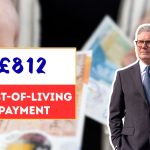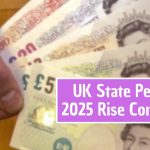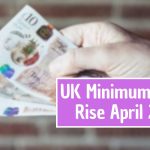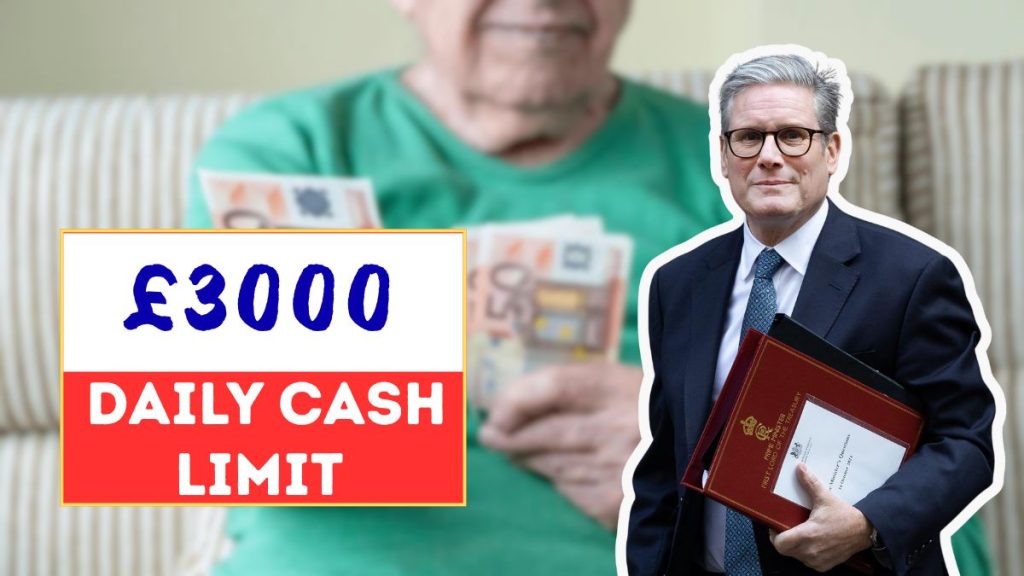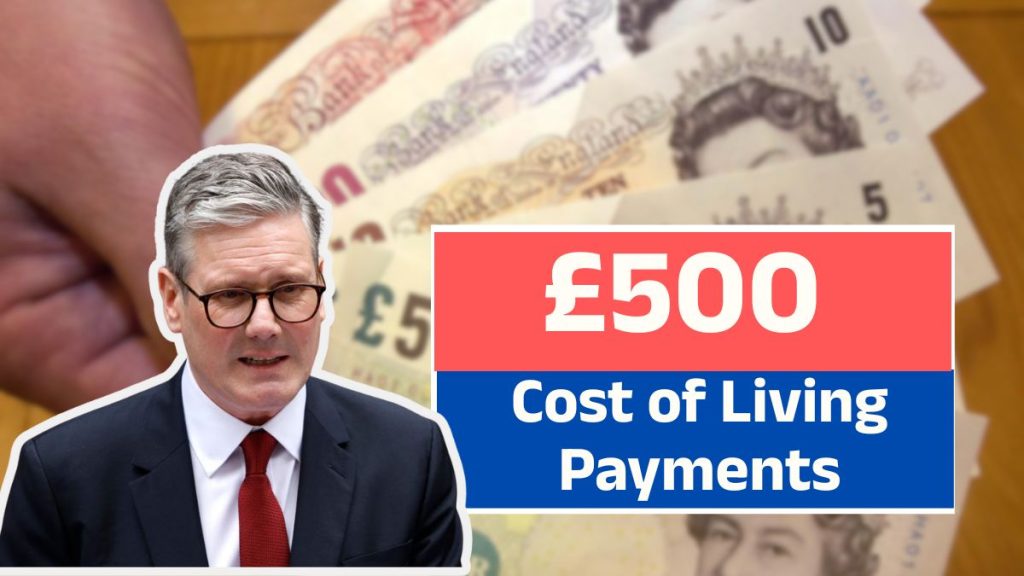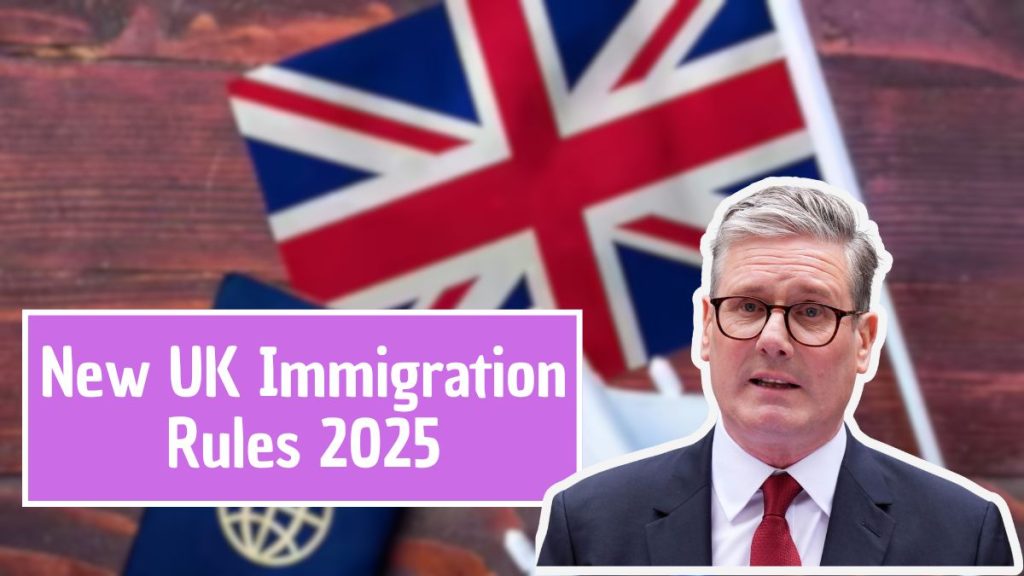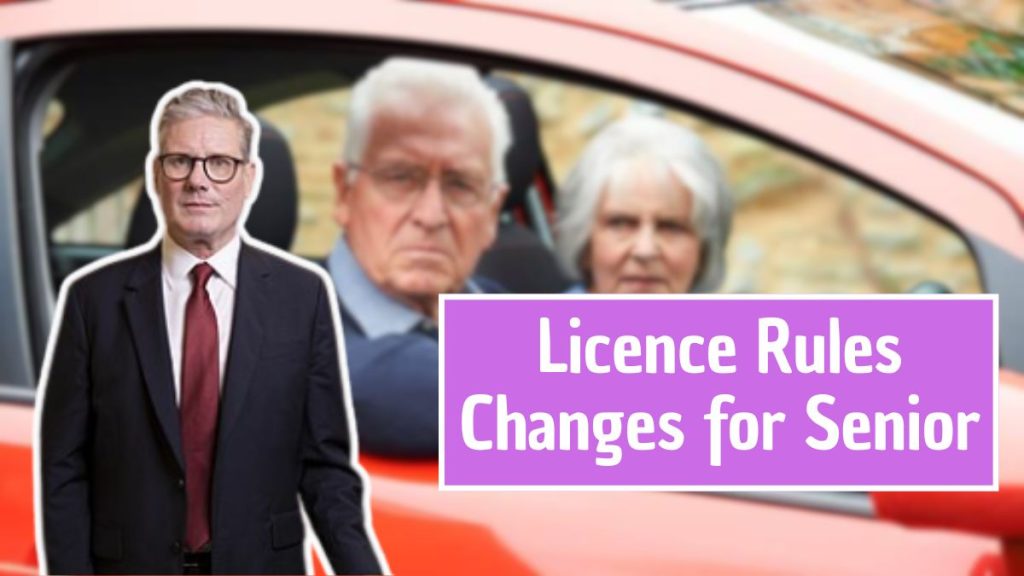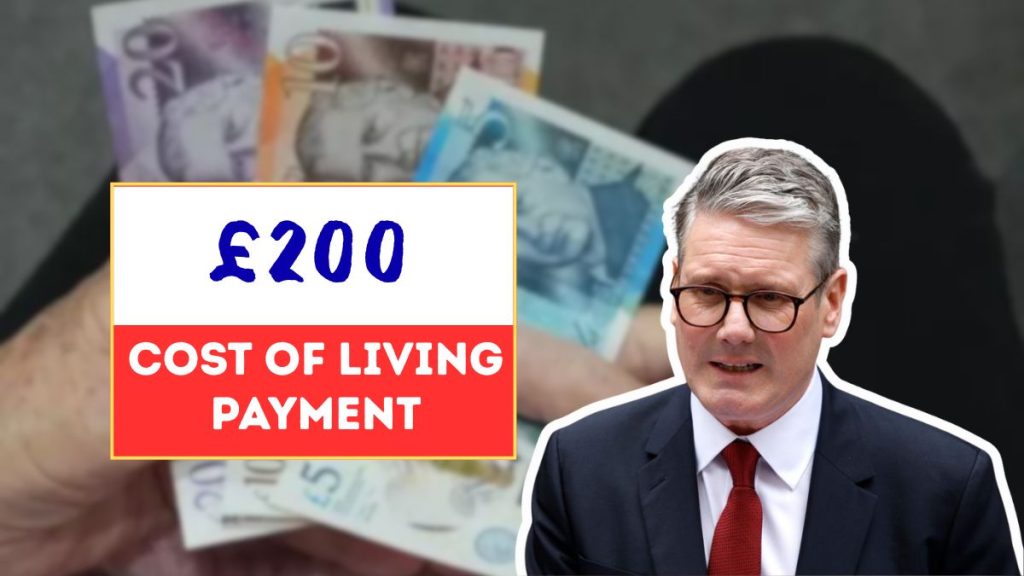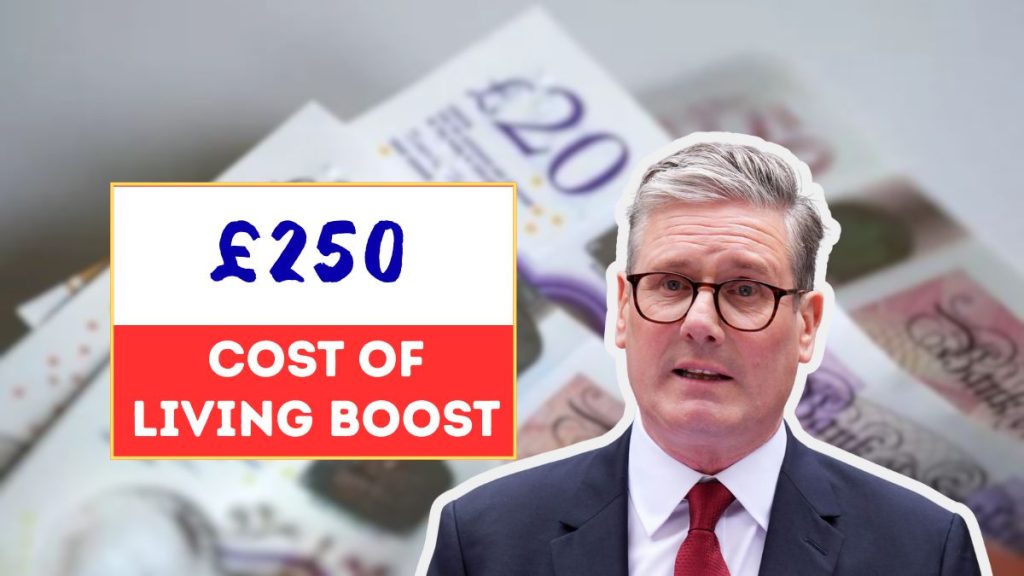The Department for Work and Pensions (DWP) has officially announced a new £500 Cost of Living Boost for 2025, offering much-needed financial relief to millions of households across the United Kingdom. This initiative comes as living costs continue to weigh heavily on families, pensioners, and low-income earners despite a slight cooling of inflation.
This payment aims to help people manage rising energy bills, food prices, and essential daily expenses, ensuring that those most affected by the cost-of-living crisis receive targeted support in the months ahead.
Why the £500 Cost of Living Boost Was Announced
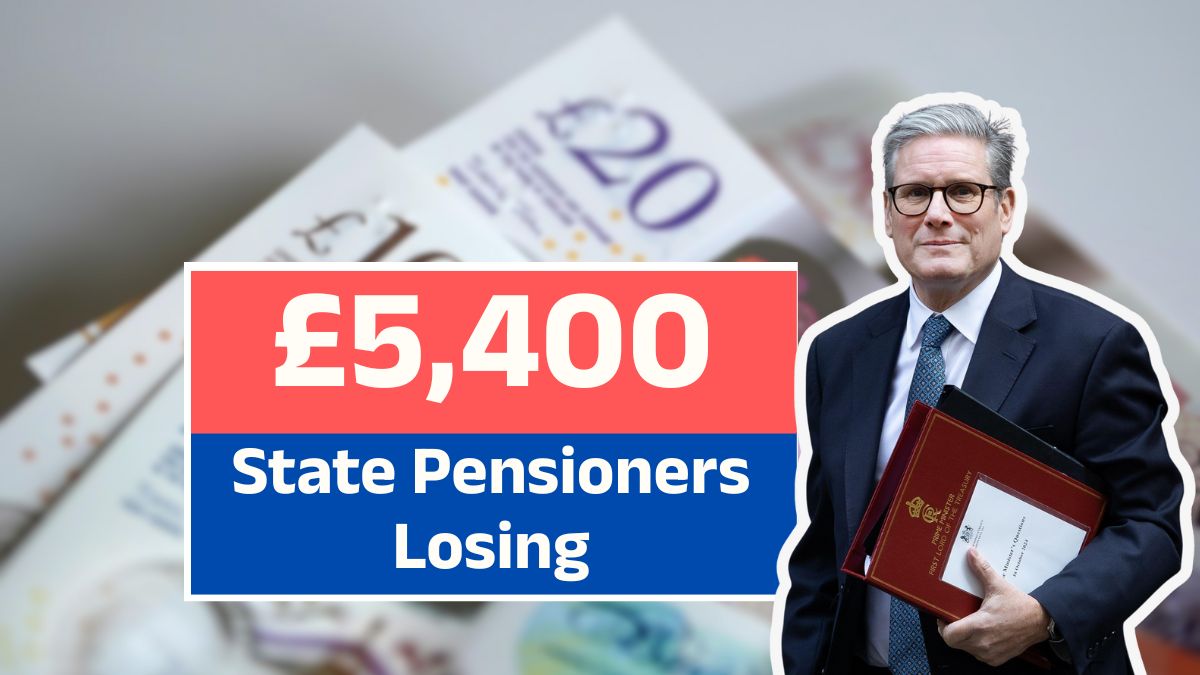
The government’s decision to introduce this one-off £500 payment reflects ongoing financial challenges faced by UK households. While inflation has gradually eased from its recent highs, the cost of essentials such as groceries, rent, and utilities remains significantly higher than in previous years.
Over the last two years, the DWP has rolled out several rounds of Cost of Living Payments to support vulnerable groups. However, many families continue to struggle with energy debt, rising interest rates, and limited wage growth, prompting the government to step in once again.
According to DWP officials, the 2025 Cost of Living Boost is part of a broader effort to ensure “no household is left behind” during this period of economic strain.
Who Will Receive the £500 Payment
Eligibility for the £500 Cost of Living Boost will be based primarily on whether an individual or household is receiving means-tested benefits. The DWP confirmed that the following groups will qualify automatically:
- Universal Credit claimants
- Pension Credit recipients
- Those on Income Support
- Income-based Jobseeker’s Allowance (JSA) claimants
- Income-related Employment and Support Allowance (ESA) recipients
Low-income pensioners who receive Pension Credit will also be eligible for the full payment.
For many, this one-off amount will act as a financial cushion against persistent price pressures, especially for families dependent on fixed benefits or modest incomes.
However, it’s important to note that this boost will not be universal — it specifically targets households facing the greatest financial difficulty.
How the Payment Will Be Made
The DWP has confirmed that the £500 Cost of Living Boost will be paid automatically, meaning claimants do not need to apply or fill out any forms.
Payments will be deposited directly into recipients’ bank accounts, using the same details linked to their existing benefit payments. The transaction will appear under a recognizable reference such as “DWP COLP” or “DWP Cost of Living 2025”.
This automatic approach ensures that eligible households receive their money promptly without the risk of administrative delays.
When to Expect the £500 Payment
While an exact date has not been finalised, reports indicate that the rollout will begin in Spring 2025 — most likely between March and May.
This period has been strategically chosen, as it coincides with the time when energy and household costs remain high following the winter months. The timing aims to ensure that vulnerable households have the extra funds to manage bills, groceries, and other necessities before the next financial year begins.
Previous Cost of Living Payments followed a phased schedule, and similar arrangements may apply in 2025, ensuring a smooth distribution process for millions of claimants across the UK.
Why the Support Matters for Pensioners
For pensioners, this £500 boost will be especially significant. Many older citizens live on fixed incomes, often depending solely on the State Pension or Pension Credit. Rising energy prices and food costs have forced some to make difficult choices between heating and eating — a concern that continues to alarm advocacy groups.
The DWP’s decision to include pensioners aged 66 and above with low incomes underscores the government’s recognition of this group’s financial vulnerability.
Those not currently claiming Pension Credit but who may be eligible are urged to apply as soon as possible, since doing so can not only unlock the £500 boost but also lead to ongoing financial assistance through other support schemes.
Wider Impact of the £500 Cost of Living Payment
The new Cost of Living Boost is expected to inject billions of pounds directly into local economies across the UK. By targeting low-income households, the government hopes to relieve short-term pressure while stimulating local spending in small businesses and community services.
Economists argue that such targeted financial assistance can provide immediate relief without the long delays often associated with structural reforms. However, they also caution that the payment should be viewed as a temporary measure, not a permanent solution to the broader cost-of-living crisis.
Charities and campaigners continue to call for long-term policy changes, such as improved pension protection, fairer energy pricing, and greater investment in affordable housing.
How This Boost Differs from Previous Payments
The 2025 Cost of Living Boost is distinct from previous support measures in a few key ways:
| Aspect | Previous Payments (2022–2024) | 2025 £500 Boost |
|---|---|---|
| Amount | £299–£301 per instalment | One-off £500 payment |
| Frequency | Multiple instalments over the year | Single lump-sum payment |
| Eligibility | Same means-tested benefit groups | Same, with automatic processing |
| Timing | Varied throughout the year | Expected Spring 2025 rollout |
| Purpose | Emergency inflation support | Targeted relief for continuing high costs |
This approach allows the DWP to simplify the process and ensure that payments are received faster, without splitting them into multiple instalments.
What This Means for Families
For working-age families and single parents, this payment could offer critical help in balancing monthly budgets. With rent, fuel, and food prices still elevated, an extra £500 could help cover:
- Council tax or utility bills
- Weekly grocery expenses
- School supplies or childcare costs
- Travel or transport fares
While temporary, the payment will ease some of the financial burden that has accumulated over the past few years, allowing families to stabilise their budgets during the early part of 2025.
The Government’s Broader Cost of Living Strategy
The £500 boost is part of a series of financial support initiatives introduced since 2022, designed to protect low-income groups from the effects of rising prices.
Other ongoing measures include:
- The Energy Price Guarantee, helping cap household energy costs.
- The Warm Home Discount, reducing electricity bills for qualifying households.
- Winter Fuel Payments for pensioners aged 65 and above.
- Pension Credit and Universal Credit adjustments linked to inflation.
Together, these efforts reflect the government’s continuing commitment to easing the financial pressures facing millions of Britons.
How to Check If You’re Eligible
If you currently receive one or more of the following benefits, you are very likely to qualify for the £500 payment:
- Universal Credit
- Pension Credit
- Income Support
- Income-based Jobseeker’s Allowance (JSA)
- Income-related Employment and Support Allowance (ESA)
You do not need to apply. The DWP will automatically verify your eligibility based on existing benefit records.
For those unsure whether they qualify, checking your DWP account online or calling your local Jobcentre Plus or Pension Service can help confirm your status.
What If You Don’t Receive the Payment?
If you believe you qualify but do not receive the payment by late Spring 2025:
- Wait a few extra days – Payments may arrive on different dates depending on your bank or benefit type.
- Check your bank statement – Look for entries like “DWP COL 2025” or “Cost of Living Payment.”
- Contact DWP directly – Provide your National Insurance number and benefit details to track your payment.
- Confirm eligibility – Ensure you were receiving a qualifying benefit during the assessment window.
The DWP will set up a dedicated helpline and online portal closer to the rollout date for payment enquiries.
How the Boost Supports Economic Stability
Financial analysts suggest that payments like the £500 Cost of Living Boost play a dual role: supporting households while also helping the wider economy.
By injecting money directly into consumer spending, the government can prevent demand from collapsing during difficult economic periods. However, sustained recovery will depend on wage growth, lower inflation, and energy market stability — areas that remain under close watch by both the Treasury and the Bank of England.
Looking Ahead
While the £500 payment offers meaningful short-term support, experts and advocacy groups continue to urge the government to implement long-term structural reforms to address the root causes of the cost-of-living crisis.
Measures such as energy price regulation, affordable housing initiatives, and expanded Pension Credit access are seen as essential to preventing future financial shocks.
For now, though, this one-off payment stands as a timely lifeline for millions who continue to face financial hardship heading into 2025.
Frequently Asked Questions (FAQs)
Q1. What is the DWP £500 Cost of Living Boost 2025?
It is a one-off payment from the UK government to help low-income households and pensioners manage ongoing cost-of-living pressures.
Q2. Who qualifies for the payment?
Those receiving means-tested benefits such as Universal Credit, Pension Credit, Income Support, ESA, or JSA.
Q3. When will the £500 payment be made?
The payment is expected to be distributed in Spring 2025, likely between March and May.
Q4. Do I need to apply to get the payment?
No, the payment will be made automatically to eligible claimants — no application is required.
Q5. Will this affect my other benefits?
No, the £500 Cost of Living Boost is non-taxable, non-repayable, and will not affect other benefits you receive.

